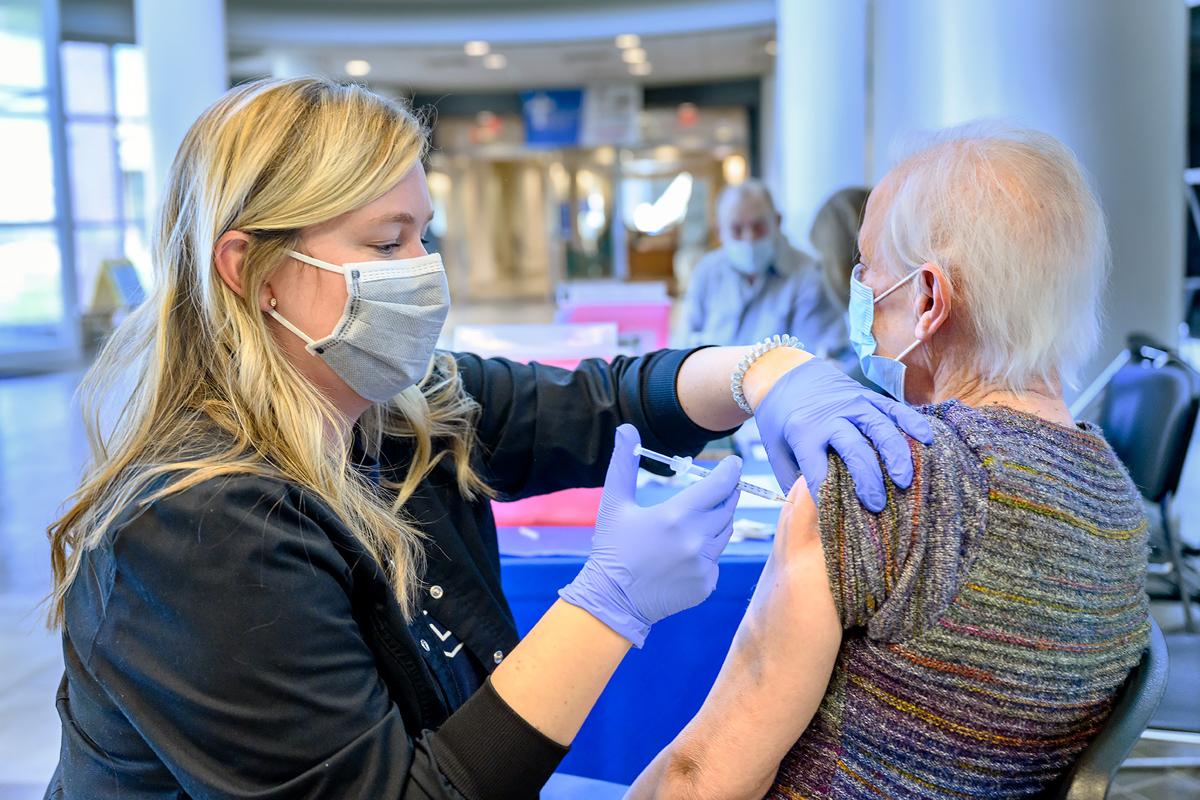Video by Sarah Grace Taylor/ Editor-in-Chief
Story by Ashley Coker/ Staff Writer
Washington Post Deputy Investigations Editor David Fallis came to MTSU Tuesday to discuss the Post’s Pulitzer Prize-winning police shooting database, “Fatal Force.” The event was hosted by the John Seigenthaler Chair of Excellence in First Amendment Studies, and attracted students students and faculty from across the university.
“Fatal Force” uses news stories to track deadly officer-involved shootings across the nation during the 2015 calendar year, resulting in a database detailing each shooting, including where it happened, the victim’s demographics and any available information about the circumstances surrounding the incident. The data was then analyzed and prominent patterns were illustrated in several news stories throughout the year. The project, as a whole, won of the 2016 Pulitzer Prize for National Reporting.
“We’re not advocating for anything except a discussion,” Fallis told Sidelines in an interview after event. “That’s all I could hope for, that people would look at this kind of coverage and would be inspired to sort of ask the same questions a local level.”
Fallis said the idea for the project was conceived after the 2014 shooting of Michael Brown in Ferguson, Missouri and came to fruition when the Post team realized just how many officer-involved shootings were happening in the U.S.
“In any given year the FBI reports 300 to 400 officer-involved shootings, but when we started getting into and scrubbing the data, we were finding two to three shootings a day,” Fallis said to the crowded Student Union room. “That was a very revelatory moment. We knew that this project was going to be worthwhile because of that.”
The FBI’s Uniform Crime Reporting program has published annual statistics on officer-involved shootings based on voluntary reports from police precincts since 1930. After “Fatal Force” data was released, the FBI announced the program will undergo a redesign, projected to be finished in 2017, to “improve accuracy and timeliness.”
As the Post analyzed their data, they found that the majority of officer-involved shootings involved white males victims with deadly weapons. However, in cases where the victims were unarmed, they were seven times more likely to be black men than white men. They also found that 250 of the 990 shooting victims in 2015 had a known mental illness and 55 of the officers involved in shootings had shot someone before.
“Fatal Force” includes in-depth stories exploring those patterns and others that appeared in the data.
During the Q&A portion of his forum, one attendee asked Fallis if violence against police officers was getting enough attention, while another attendee questioned whether or not officer-involved shootings were being handled aggressively enough.
Fallis addressed both questions by making it clear that the purpose of the project is to promote transparency and spark discussion, not to draw conclusions. He said “Fatal Force” is intended to provide readers with the facts they need to make their own decisions.
Fallis and the Washington Post have been accused of having biased coverage of the shootings, but Fallis says that their coverage was not “prescriptive,” but rather served to provide information. He said he hopes that the project inspires people to hold their own community leaders accountable.
“Paying attention is what I would take away from it. You can ask for police reports. You can ask for autopsy reports. You can ask for body cam video,” he said.
Fallis stressed the importance of local journalism and accountability reporting, again urging local journalists to press for information.
“It’s accountability at sort of the most basic level,” Fallis said. “It’s reporters doing the job for citizens where your asking the kinds of questions citizens don’t have time or interest to do.”
The Post is continuing and expanding their research on police shootings in 2016. Fallis said they are working toward gathering more information about the police officers involved in shootings and hope to have substantial data on their demographics by the end of the year.
For more news, follow us at www.mtsusidelines.com, on Facebook at MTSU Sidelines and on Twitter at@Sidelines_News.
To contact News Editor Amanda Freuler, email newseditor@mtsusidelines.com.







